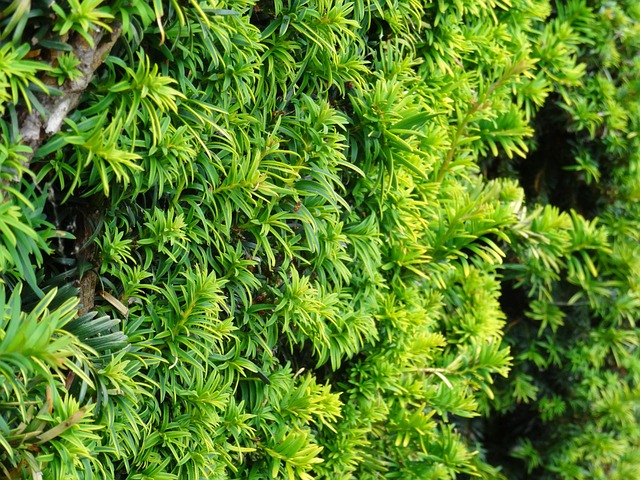Creating a pet-friendly yard requires strategic plant selection and durable landscaping to ensure safety and aesthetics. Avoid toxic plants like lilies and grapes, opt for non-toxic varieties, and incorporate safe flowers, shrubs, and trees. Add interactive elements like treat feeders and vary textures for mental stimulation while using materials that withstand pet play. Regular maintenance, including trimming and removing hazards, fosters a secure, appealing outdoor space for pets and owners to enjoy.
Creating a pet-friendly yard is essential for ensuring your furry companions can safely enjoy the outdoors. This guide explores how to design and maintain a healthy, safe yard for your pets using non-toxic plants and durable landscaping materials. We delve into understanding common houseplant risks, selecting pet-safe plants, incorporating interactive elements for mental stimulation, and practical maintenance tips. Discover dog-friendly landscape solutions that cater to both beauty and safety, transforming your outdoor space into a vibrant and secure haven for your pets.
- Understanding Pet Toxicity: Common Houseplants and Their Risks
- Choosing Safe and Durable Landscaping Materials for Pets
- Designing a Pet-Friendly Yard: Selection of Non-Toxic Plants
- Incorporating Interactive Elements for Mental Stimulation
- Maintenance Tips for a Healthy, Pet-Safe Outdoor Space
Understanding Pet Toxicity: Common Houseplants and Their Risks
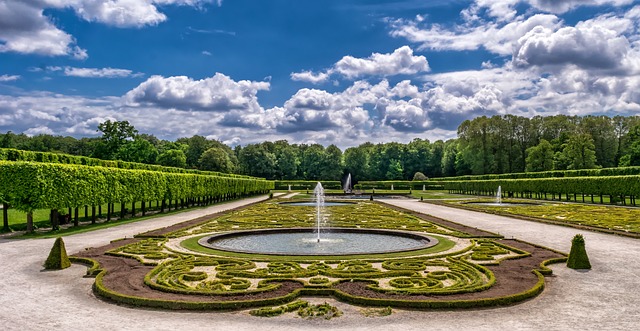
Creating a safe and welcoming outdoor space for your furry friends doesn’t have to mean sacrificing aesthetics or diversity in plant life. Understanding which houseplants pose risks to pets is the first step towards designing a pet-friendly yard. Many common indoor plants can be toxic to dogs and cats if ingested, with symptoms ranging from mild irritation to severe health issues. For example, lilies are highly toxic to cats, while certain types of grapes and raisins can cause kidney failure in dogs. Even seemingly harmless plants like dieffenbachia (common houseplant) and cyclamen (pretty flowering plant) can cause vomiting and digestive upset if chewed.
When selecting plants for your pet-friendly landscaping or garden design, opt for non-toxic varieties that are durable and well-suited to your climate and soil conditions. A mix of flowers, shrubs, and trees that are safe for both dogs and cats will create a beautiful and secure outdoor space where pets can play and roam without risk. Incorporating pet-safe garden design elements ensures everyone, including your four-legged companions, can enjoy the yard’s charm and tranquility.
Choosing Safe and Durable Landscaping Materials for Pets

Creating a safe and durable yard for your pets is an essential aspect of pet-friendly landscaping. When designing your outdoor space, opt for non-toxic plants that are harmless if chewed or ingested by curious cats and dogs. Researching and selecting pet-safe garden design elements ensures your four-legged friends can enjoy their environment without any adverse effects.
Durable landscaping materials play a crucial role in maintaining a pet-friendly yard. Choose materials that are resistant to digging, as some pets might engage in this behavior out of boredom or excitement. Additionally, consider the overall aesthetics and functionality of your outdoor area, ensuring it caters to both your needs and those of your beloved pets, resulting in a harmonious and enjoyable pet-safe outdoor space.
Designing a Pet-Friendly Yard: Selection of Non-Toxic Plants
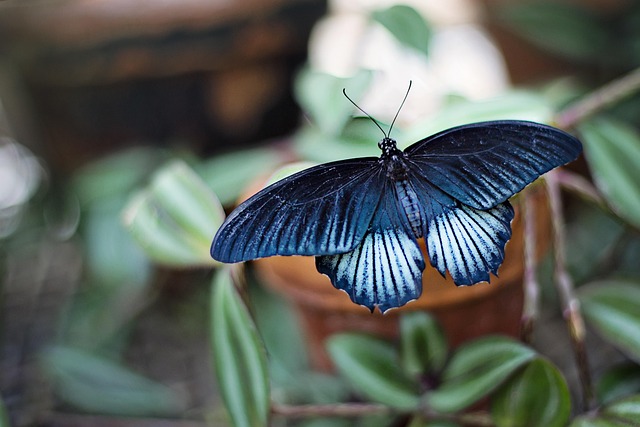
Creating a pet-friendly yard involves careful consideration when it comes to plant selection. One of the primary goals is to ensure that both your pets and plants can coexist harmoniously, with no harmful effects. Non-toxic plants are essential for achieving this balance, providing a safe space for your furry friends to roam and play. When designing a pet-friendly yard, choose durable landscaping options that are known for their safety and robustness.
Incorporating pet-safe garden design principles means selecting plants that not only withstand enthusiastic digging and chewing but also do not produce toxic substances. Consider flowers, shrubs, and grasses that are naturally resistant to pet damage and are listed as non-toxic by reputable sources. This approach fosters a vibrant and inviting outdoor space that is equally enjoyable for both pets and their owners, allowing you to create a beautiful, functional yard without compromising your pet’s health.
Incorporating Interactive Elements for Mental Stimulation
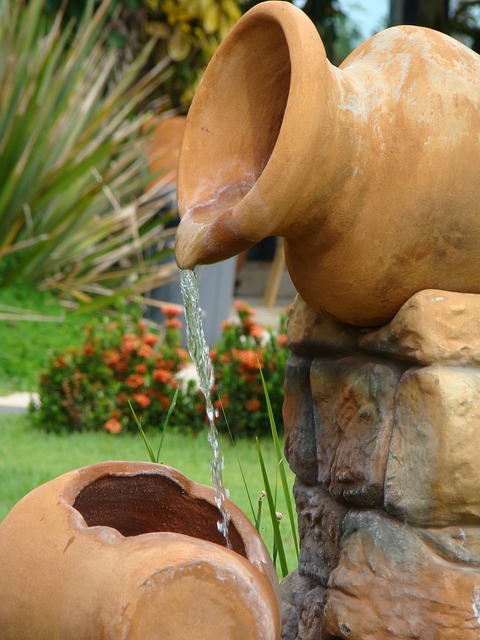
Incorporating interactive elements into your pet-friendly landscaping is key to providing mental stimulation and ensuring a safe yard for pets. Consider adding features like hidden treats or puzzle feeders that encourage natural hunting behaviors, keeping your furry companions engaged throughout the day. A variety of textures and scents in your garden design can also stimulate their senses, making the outdoor space more appealing and enriching.
When designing a pet-safe garden, choose durable landscaping materials that withstand enthusiastic play. Large, flat stones or designated digging areas can provide a safe outlet for pets to dig and bury treats, mimicking natural instincts without damaging your yard. Additionally, select non-toxic plants for pets, ensuring a peaceful outdoor environment where they can safely roam, play, and explore without the risk of ingestion of harmful substances.
Maintenance Tips for a Healthy, Pet-Safe Outdoor Space
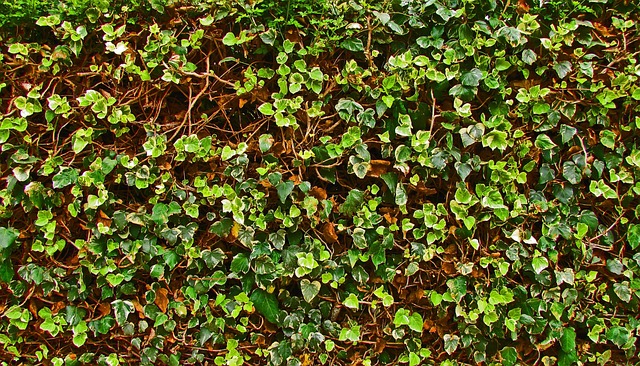
Creating a pet-friendly landscape goes beyond just choosing non-toxic plants; it involves creating a durable and safe yard for your furry companions. Regular maintenance is key to keeping this space not only appealing but also secure. Trim shrubs and trees promptly to prevent sharp branches from becoming playthings or hazards, especially for active dogs. Remove dead foliage and plant debris, as these can harbor harmful bacteria or parasites.
Incorporate long-lasting materials in your garden design, such as gravel paths and durable landscaping stones, which are safer than smooth surfaces that might cause slipping or injury. Regularly inspect the area for any toxic plants that may have sprouted and promptly remove them. A well-maintained pet-friendly yard not only ensures your pets’ safety but also contributes to a harmonious outdoor environment where both you and your pets can enjoy quality time.
When designing a pet-friendly yard, prioritizing non-toxic plant selection is crucial for creating a safe and enjoyable outdoor space. By understanding common houseplant risks and incorporating durable landscaping materials, you can foster a vibrant garden that caters to your pets’ needs without compromising their health. Remember, a well-planned pet-friendly yard offers both aesthetic appeal and peace of mind, ensuring your furry companions can freely explore and play in a toxic-free environment. This comprehensive guide provides the tools to transform your yard into a haven for both you and your pets, promoting a healthier and happier lifestyle together.
